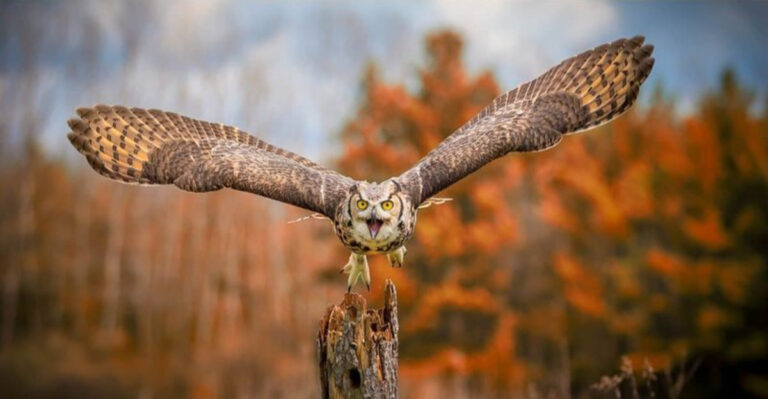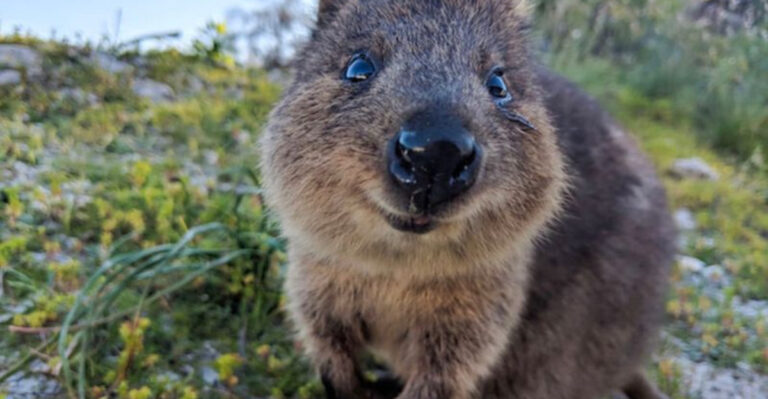Massive Predators Of The Gulf: The Biggest Great White Sharks
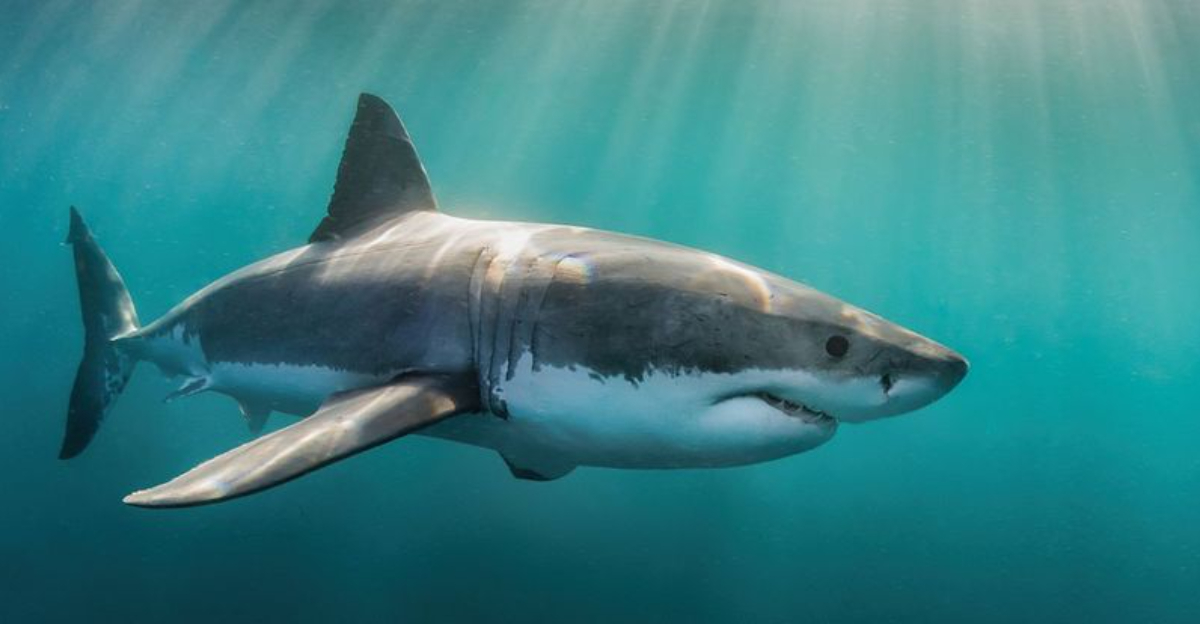
Ever wondered what lurks beneath the surface of the Gulf’s turquoise waters? Great white sharks, some of the ocean’s most formidable hunters, patrol these depths with ancient precision.
While often misunderstood due to movies like Jaws, these magnificent creatures deserve our respect rather than fear. Let’s explore fascinating facts about these massive ocean predators that have survived for millions of years.
1. Jaw-Dropping Size

Imagine swimming next to a school bus – that’s roughly how massive the largest great whites can feel! Female sharks typically outgrow males, with the biggest specimens reaching an astonishing 20 feet in length.
Weight champions tip the scales at over 4,000 pounds, heavier than some cars. Despite these intimidating numbers, such giants are exceptionally rare.
2. Lightning-Fast Hunters
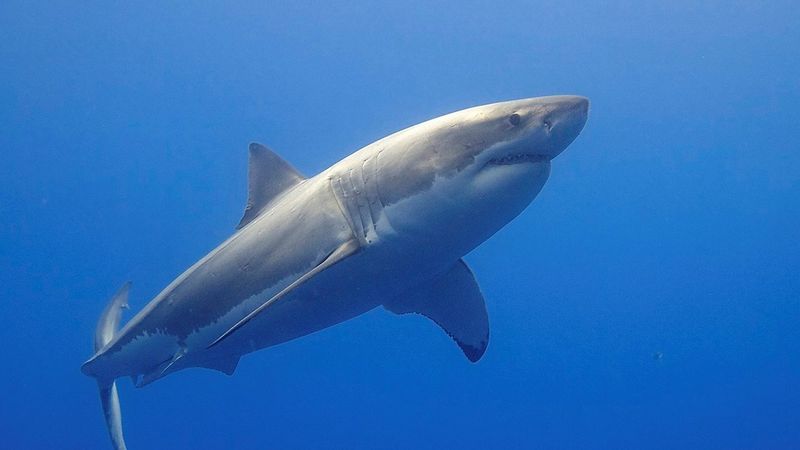
Bursting through the water at speeds up to 35 mph, great whites transform into living torpedoes when hunting. Their streamlined bodies, built for hydrodynamic efficiency, allow these predators to ambush prey with explosive acceleration.
Sharp senses detect movement from remarkable distances, giving prey little chance of escape once targeted. Few marine creatures match their combination of size and speed.
3. Toothy Terrors
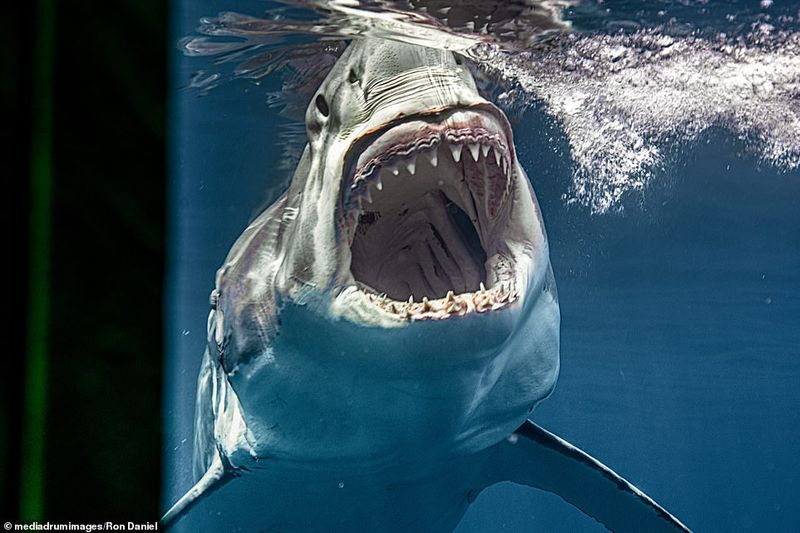
Rows upon rows of triangular teeth line a great white’s powerful jaw, with nearly 300 serrated weapons ready for action. Unlike human teeth, these natural daggers regenerate throughout their lifetime.
Lost during feeding frenzies? No problem! A replacement slides forward from the backup rows, ensuring these hunters never go toothless. Each tooth can measure up to 3 inches in the largest specimens.
4. Marathon Migrations
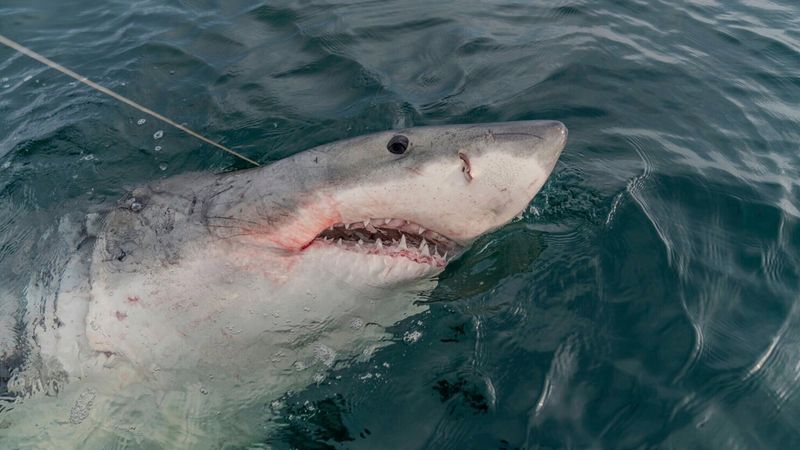
Forget vacation road trips! Tagged great whites have stunned researchers by traveling over 12,000 miles annually, crossing entire oceans with mysterious precision. One famous Gulf shark named “Betsy” disappeared for years before resurfacing miles away.
Scientists remain puzzled about exactly why they undertake these epic journeys. Breeding, feeding opportunities, and seasonal temperature changes likely influence their wanderlust nature.
5. Ancient Survivors
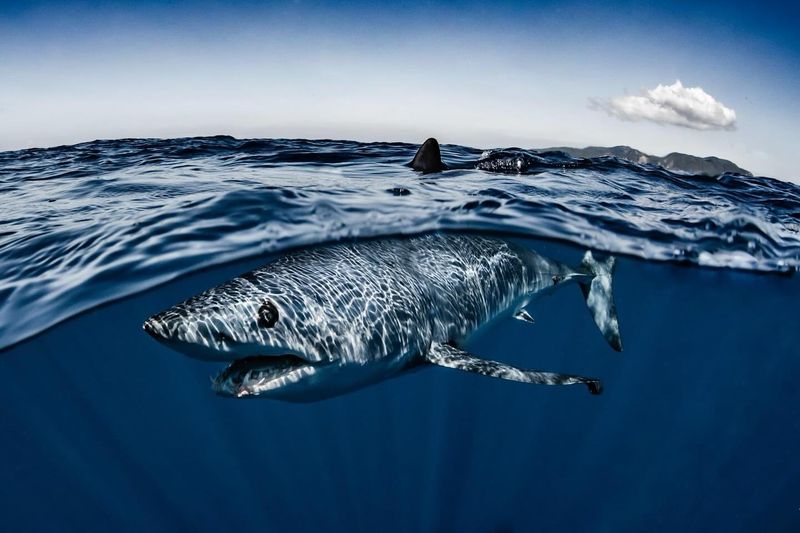
Dinosaurs may have vanished, but great whites and their ancestors have patrolled oceans for over 400 million years! Their evolutionary design has remained remarkably successful with minimal changes needed.
Surviving multiple mass extinctions that wiped out countless other species proves their incredible adaptability. Fossil records show teeth nearly identical to modern specimens dating back millions of years.
6. Sensory Superpowers
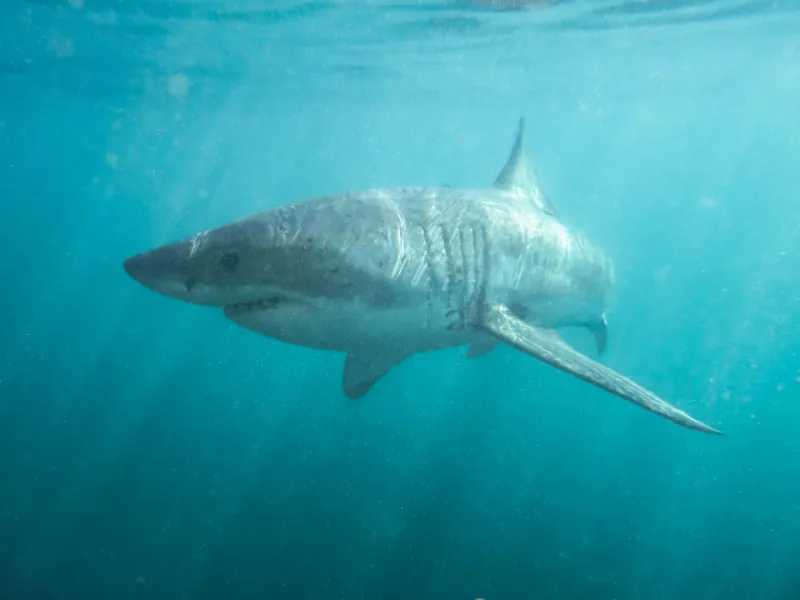
Blood in water a quarter-mile away? No problem for a great white’s extraordinary senses! Their nostrils detect just one drop of blood in 25 gallons of water, making them nature’s perfect detection machines.
Even more impressive, special organs called ampullae of Lorenzini detect tiny electrical fields generated by all living creatures. Essentially, they can “feel” your heartbeat before even seeing you!
7. Warm-Blooded Wonders
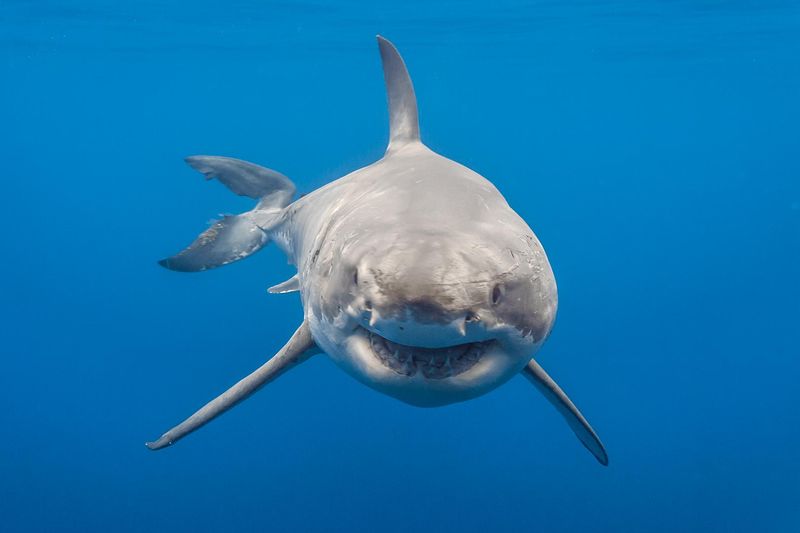
Unlike most fish, great whites maintain body temperatures warmer than surrounding waters through a special heat-exchange system called rete mirabile. Blood vessels intertwine like radiator coils, preserving precious heat.
This rare adaptation gives them explosive power even in cooler Gulf waters where other predators slow down. Essentially, they’re warm-blooded fish in a cold-blooded world!
8. Deep Divers
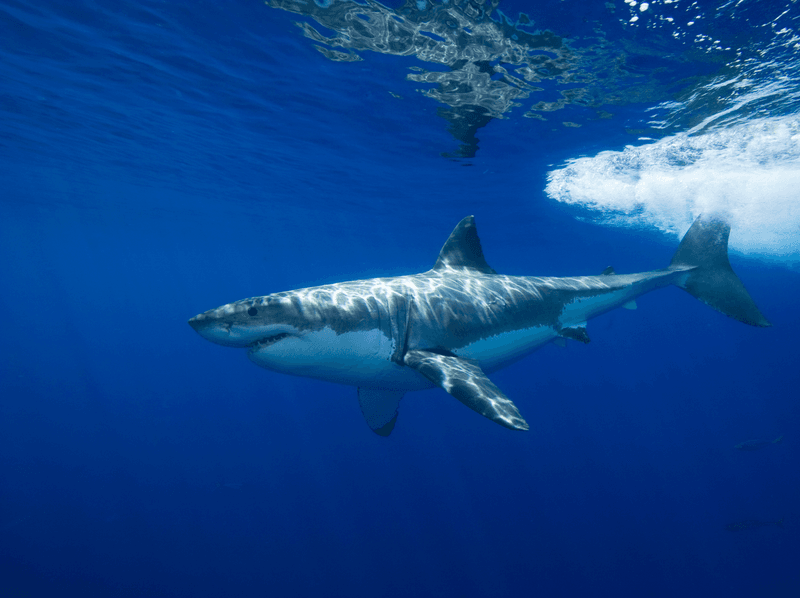
Forget shallow waters – great whites plunge to astonishing depths exceeding 3,900 feet! Scientists tracking Gulf specimens discovered these unexpected deep dives, shattering previous assumptions about their habitat range.
Why venture so deep? Hunting opportunities and cooling their bodies after intense hunting sessions appear to be primary motivations. These journeys into the abyss demonstrate their remarkable versatility.
9. Longevity Legends

Celebrating decades of birthdays comes naturally to great whites, with many reaching 70+ years in the wild! Determining exact age proved challenging until scientists began counting growth rings in vertebrae, similar to tree rings.
Their slow growth and late maturity (around 26 years for females) make them particularly vulnerable to population threats. Gulf specimens may live even longer than previously thought.
10. Breach Masters
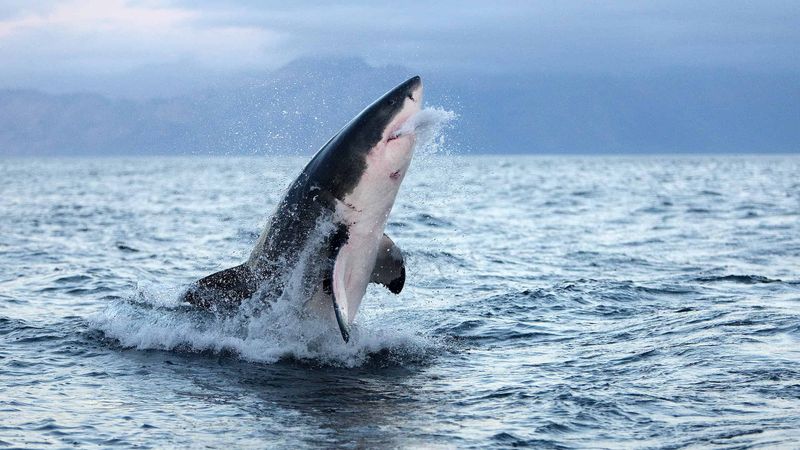
Launching their multi-ton bodies completely airborne, breaching great whites create nature’s most spectacular hunting displays. These massive predators can propel themselves up to 10 feet above the surface when attacking from below.
Few Gulf visitors witness this rare behavior, making it the holy grail of shark observation. The explosive power required demonstrates their incredible muscle strength and hunting precision.
11. Misunderstood Monsters
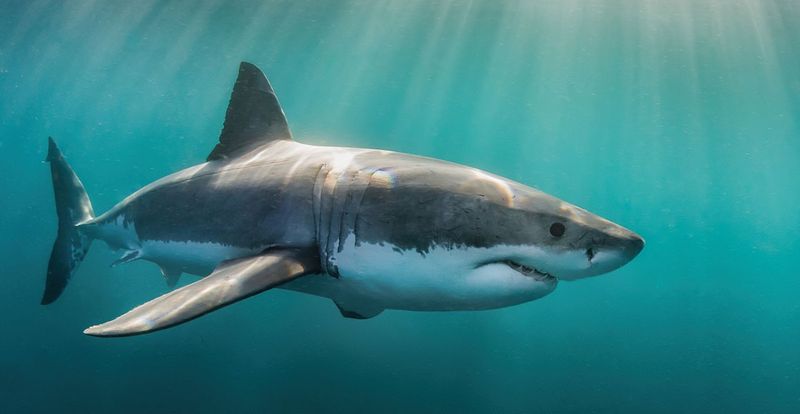
Hollywood portrays them as mindless killing machines, yet great whites show remarkable intelligence and calculated hunting behaviors. Studies reveal complex social hierarchies and sophisticated decision-making processes.
Fatal attacks on humans remain exceptionally rare, with more people killed annually by falling coconuts! Most “attacks” are investigatory bites – unfortunately, even a curious nibble from such powerful jaws can cause serious damage.
12. Mysterious Mating
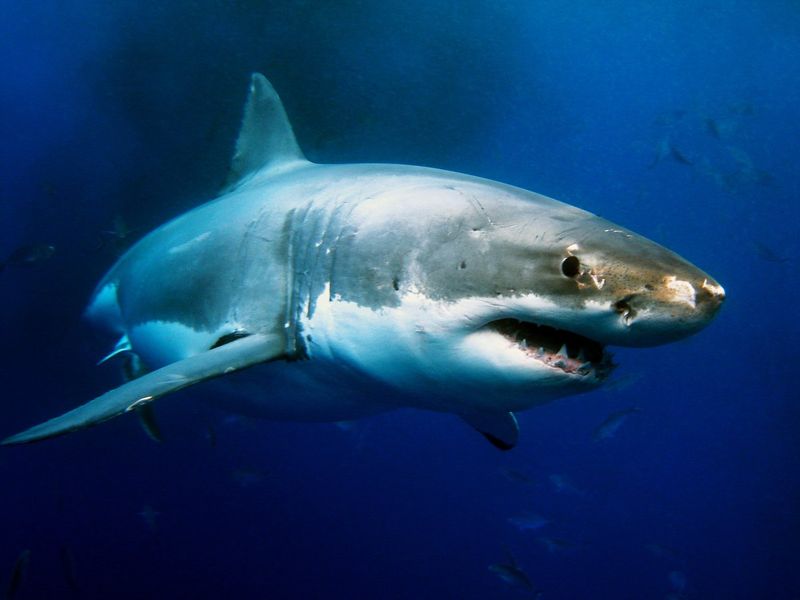
Love bites take on a whole new meaning for great white sharks. Males nip females to show interest, leaving scars that reveal breeding behavior.
Yet, despite years of study, no one has ever witnessed great whites mating in the wild.
Females can even hold onto reproductive cells for months, ensuring pups arrive at the perfect time – an ongoing mystery for marine biologists.
13. Cannibalistic Tendencies
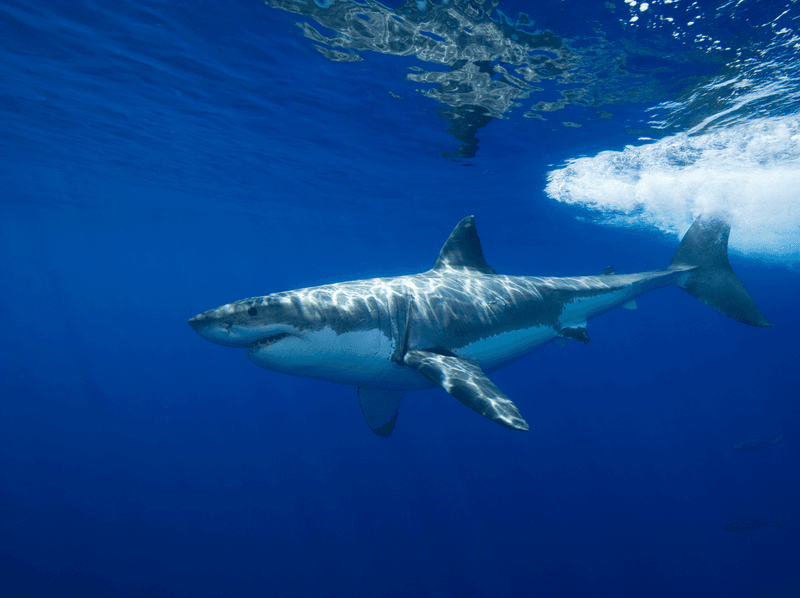
Family reunions take a dark turn in the shark world! Great whites occasionally practice cannibalism, with larger specimens sometimes hunting smaller relatives. Even unborn pups aren’t safe – embryos may devour siblings inside the womb.
This behavior, called intrauterine cannibalism, ensures only the strongest survive. Gulf researchers have documented bite marks on smaller whites consistent with attacks from larger members of their own species.
14. Conservation Challenges
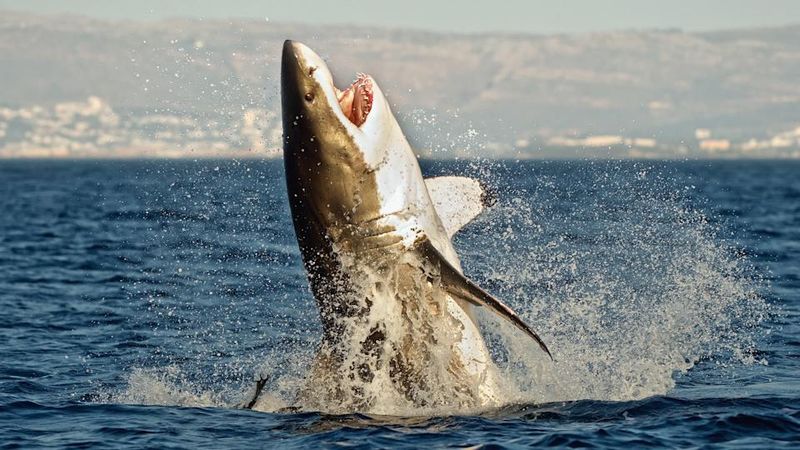
Facing a perfect storm of threats, Gulf great whites struggle against commercial fishing, habitat loss, and slow reproductive rates. A female produces just 2-10 pups every 2-3 years, making population recovery extremely difficult.
Their fearsome reputation complicates conservation efforts despite their ecological importance. Researchers estimate their numbers have declined by over 70% in some regions, pushing these ocean giants toward an uncertain future.
15. Record Breakers
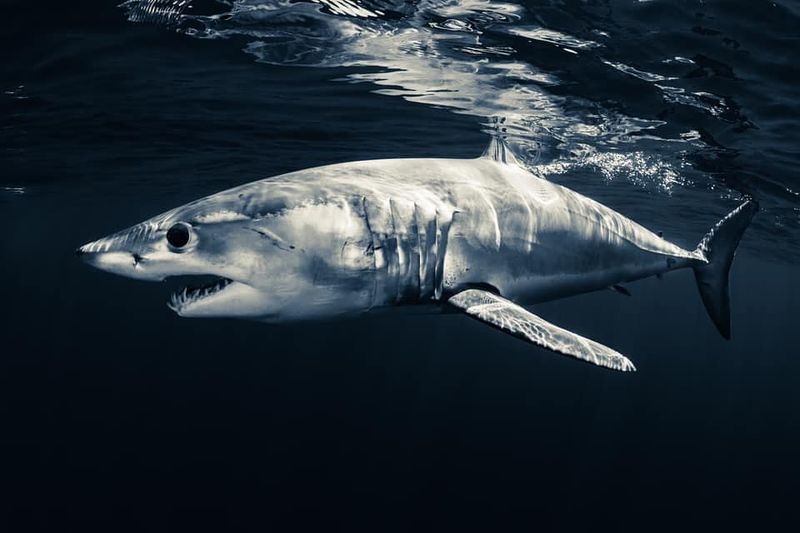
Move over Olympic athletes – the Gulf’s most famous great white, nicknamed “Deep Blue,” stretched an estimated 20 feet long and weighed over 4,500 pounds! Researchers believe she was around 50 years old when last photographed.
Another legendary Gulf giant, “Haole Girl,” measured 16 feet and surprised scientists with her docile nature around divers. These record-breaking individuals demonstrate the spectacular potential size of these magnificent predators.


